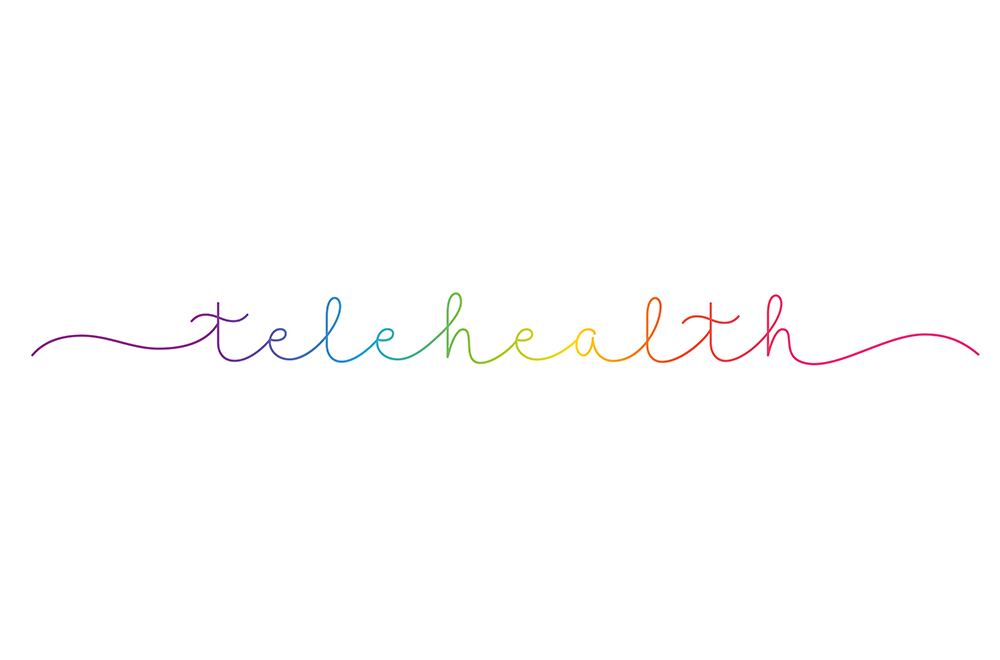The arrival of COVID-19 has accelerated the dramatic uptick in telehealth, not just in Australia but around the world, by demonstrating many services can be easily dealt with by video conference or telephone.
Telehealth is an example where the sector has been quick to respond to the challenges of COVID-19 especially for people with disability, according to NDS CEO David Moody.
He told F2L post COVID-19 there will be many providers keen to deliver telehealth as long their clients wanted to use it. However, he qualified that saying: “I don’t think in all instances people with disability will use telehealth as their preferred model of service delivery, and I have no doubt service providers will be quick to step back to face-to-face models where they can.”
Moody acknowledged that initially there were challenges with telehealth, namely the cost of remodeling and to some extent the fast re-training of staff, to ensure providers were capable of delivering telehealth to people with disability, not taking into account the cost of support from the provider and NDIS pricing.
“Given the speed where people had to change tack because of COVID-19, the sector has much to be proud of.”
And while recognising that benefits outweigh disadvantages, there have been reports of people with disability who are concerned about the prospect of not being able to return to face-to -face as their preferred model of support. Platforms like telehealth present with real solutions for people with disability, their families and carers in remote areas, which in the past they would have only dreamed of accessing, and he said is one of the great features about this model of service delivery.
“For people with disability in remote areas telehealth is going to be a real boon,” Moody said.
However, occupational therapy may not always transfer readily to telehealth but it can definitely work for some and has a place in OT in the future, according to OT Kerry Gibbett who works with children. She said telehealth:
- Reduces stress on families for travel and waiting
- The therapist can virtually visit and see what the home is like and what simple things can be used for therapy
- Easily brings teams/families together for shared feedback and planning
- Parents/carers can consult at a mutually suitable time for a clear discussion of what is needed.
There are some commonly used practice management systems which therapists can use for both managing scheduling, invoicing and clinical notes.
These include: https://www.halaxycom/ and https://www.cliniko.com/ and both include an option for telehealth called Coviu.
The shift towards many health services being provided through a telehealth model was also true for Family Planning NSW. “As we worked to move clinical services and consultations to be accessible face-to-face and remotely we were also able to do this for our psychology services,” operations manager, regional clinics, Tilly Armstrong told F2L.
“The NDIS has always supported this model of healthcare delivery and we are excited we have been able to expand the Sexuality and Disability service to people across NSW through telehealth. Offering this service remotely removes some of the barriers clients may face when seeking to access health services,” she said. (See following story for details).
Over the past few months, all Family Planning NSW clinics have moved service delivery to include face-to-face and telehealth options for clients, ensuring that access to reproductive and sexual health care and related services, including psychology services, has been maintained for clients across the state.
According to Armstrong psychologists have not had any challenges in delivering the service via telehealth, crediting this to its intake process that is critical for ensuring the appropriateness of telehealth for each individual.
“The response to this model of delivery, for both clinical and psychological services, has been incredibly positive and we have had great feedback from our clients, she said.

